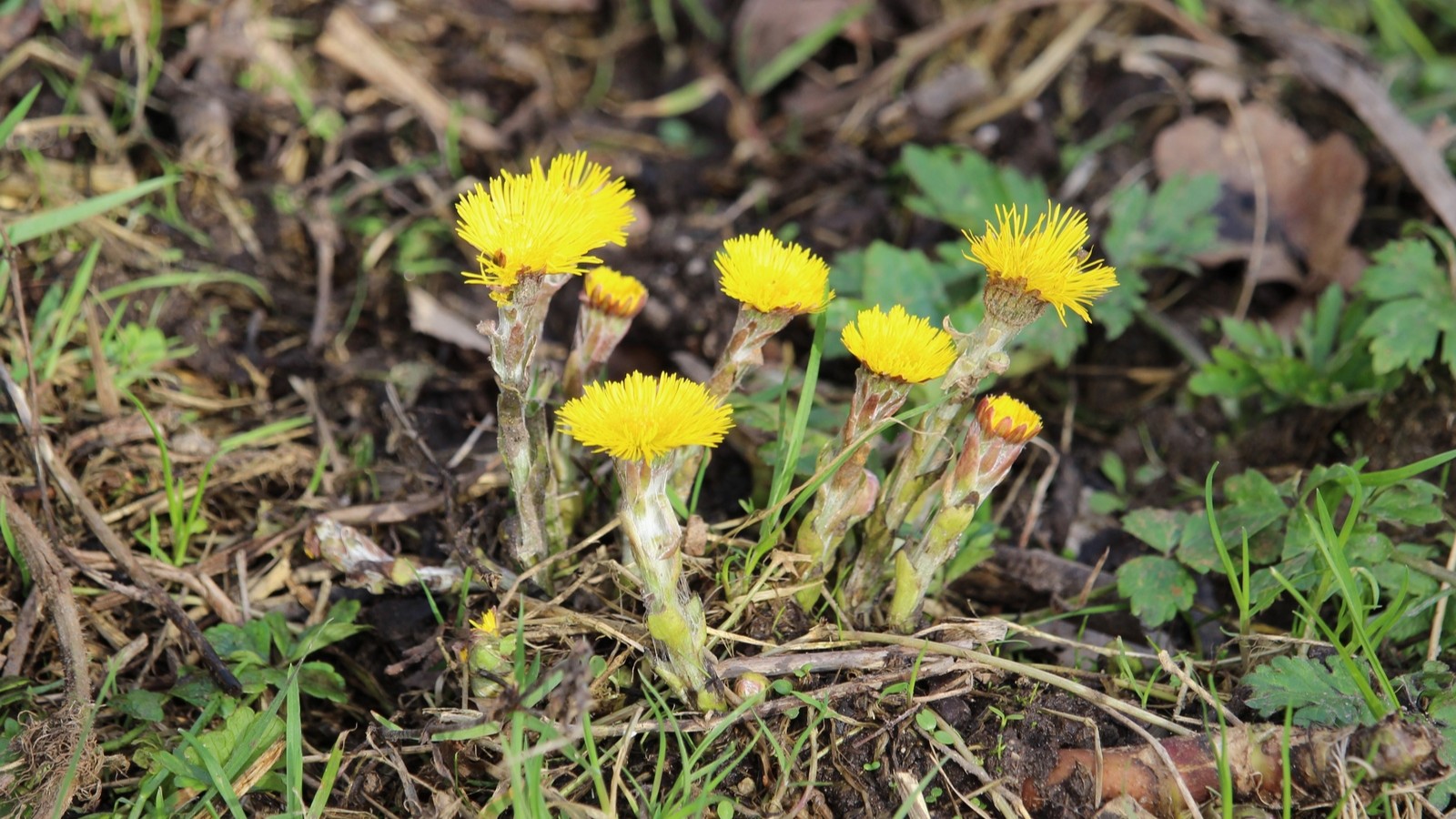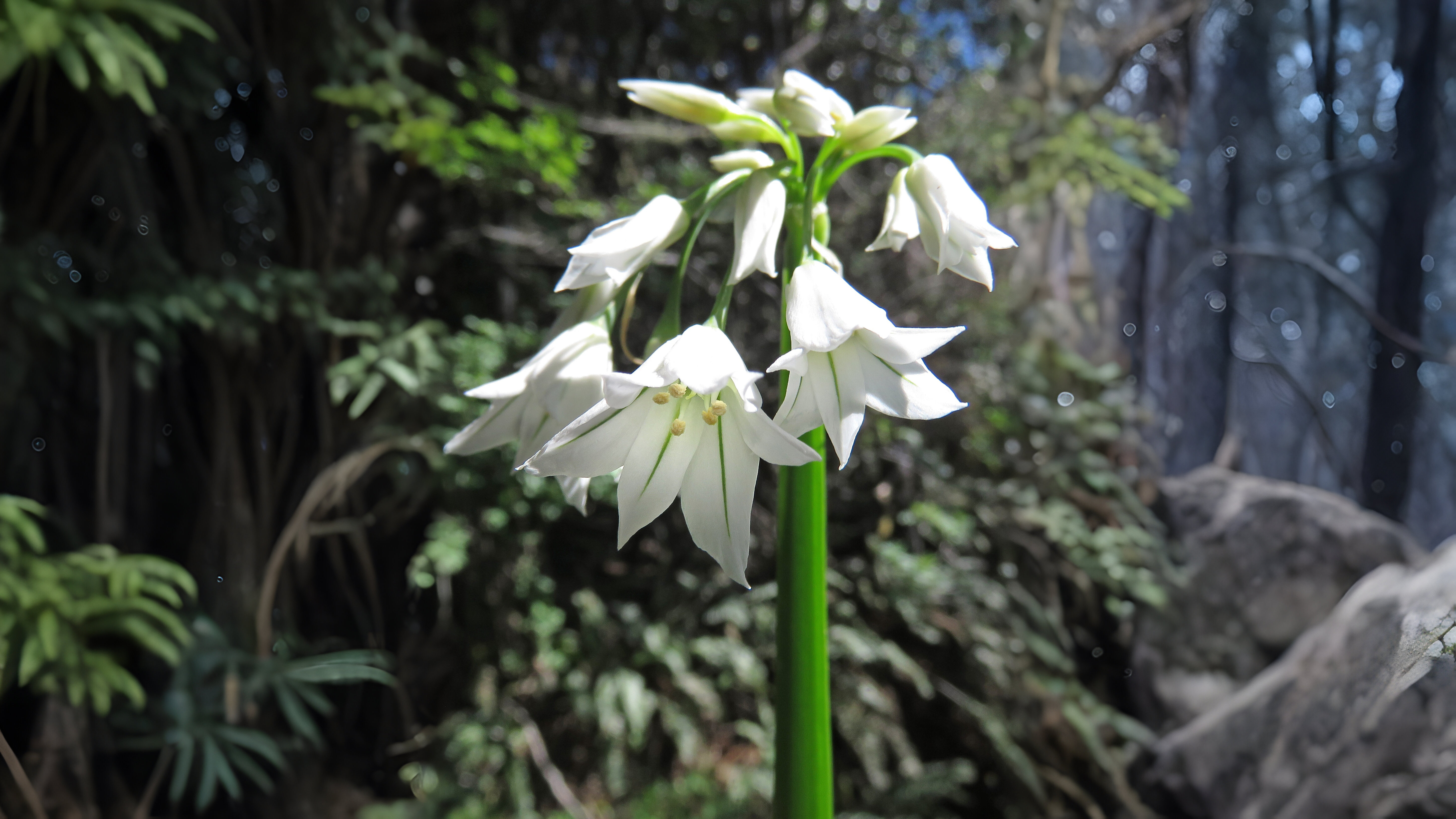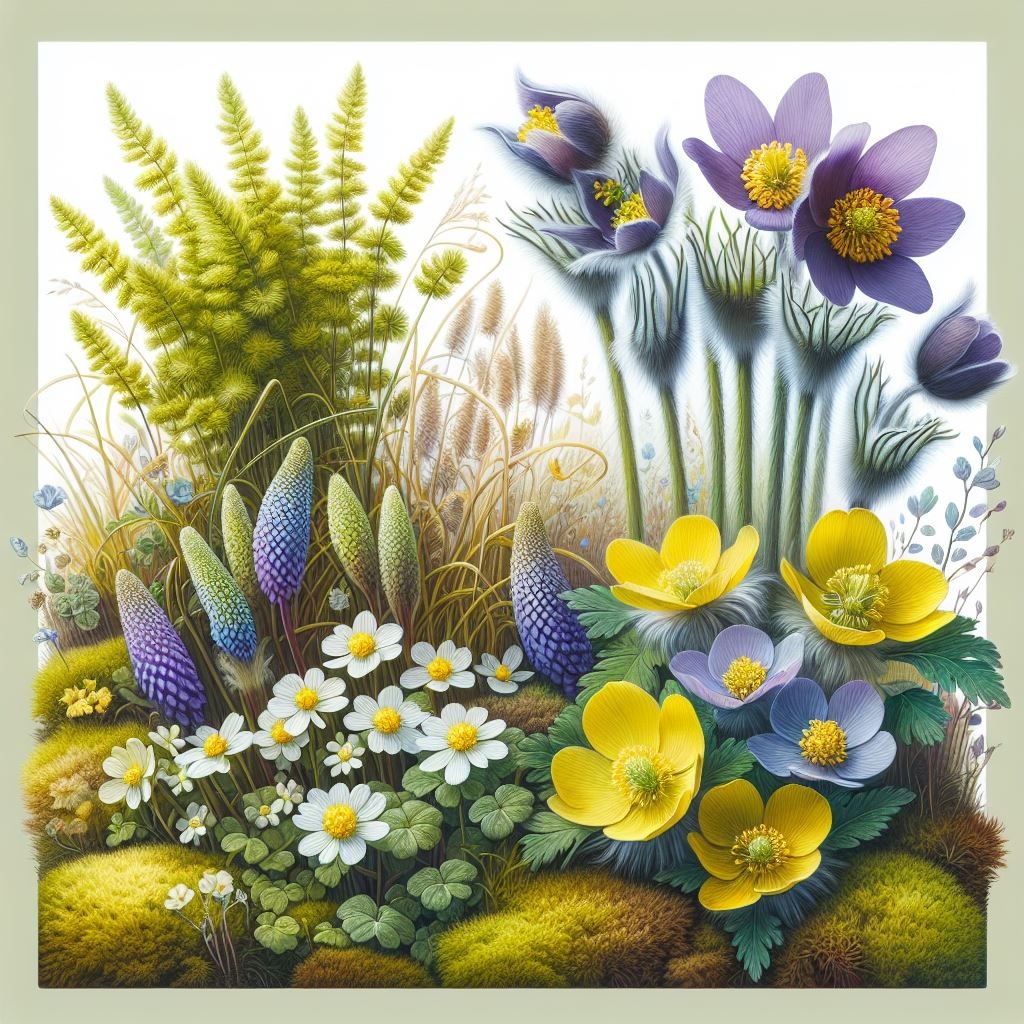
Discover the cheerful Coltsfoot, a bright yellow flower that signals the end of winter, and meet the exotic Abraham-Isaac-Jacob, a striking plant with bluish-violet petals. Learn about the history, uses, and unique characteristics of these plants, and explore the intriguing world of early spring blooms.
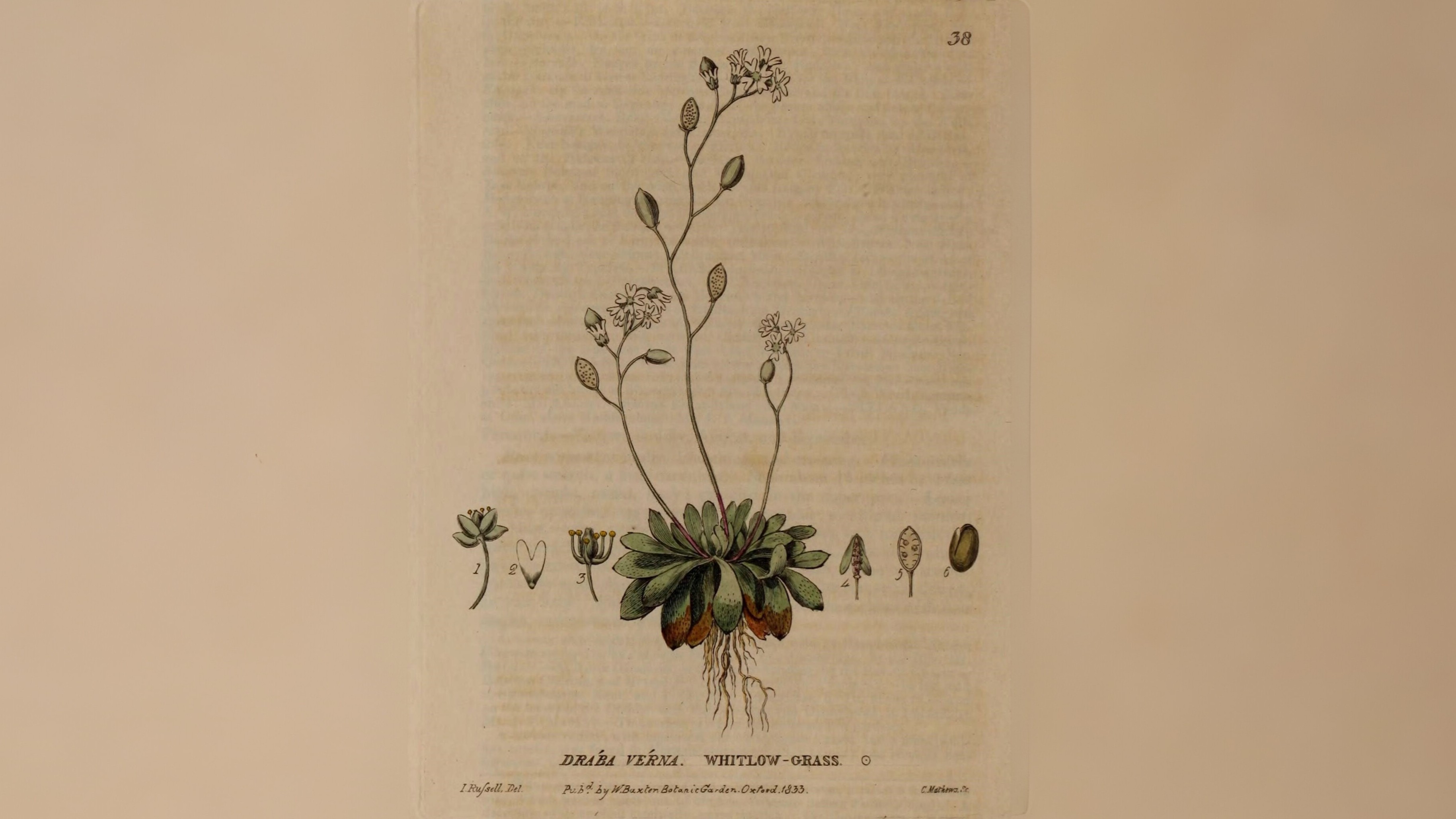

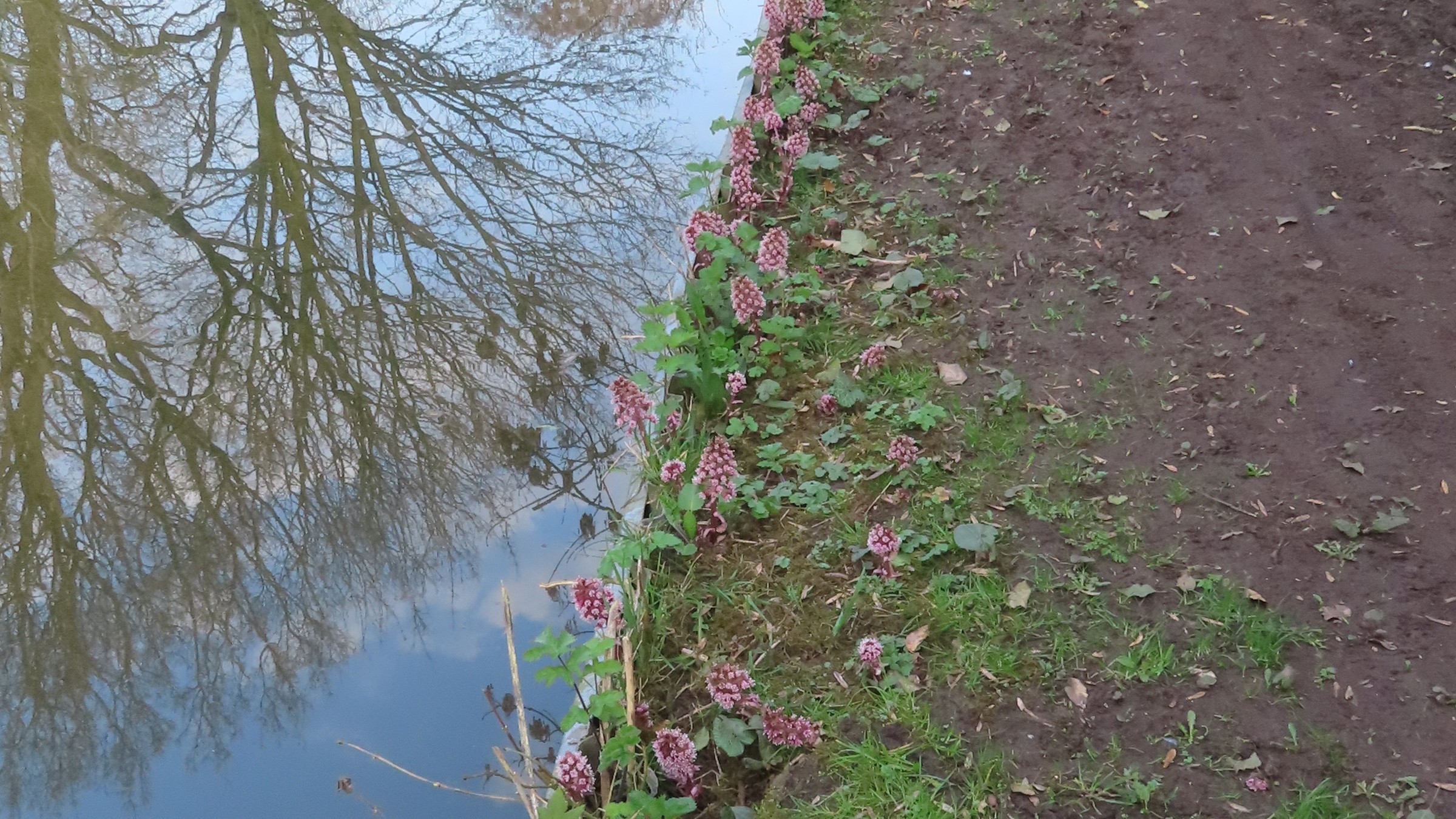

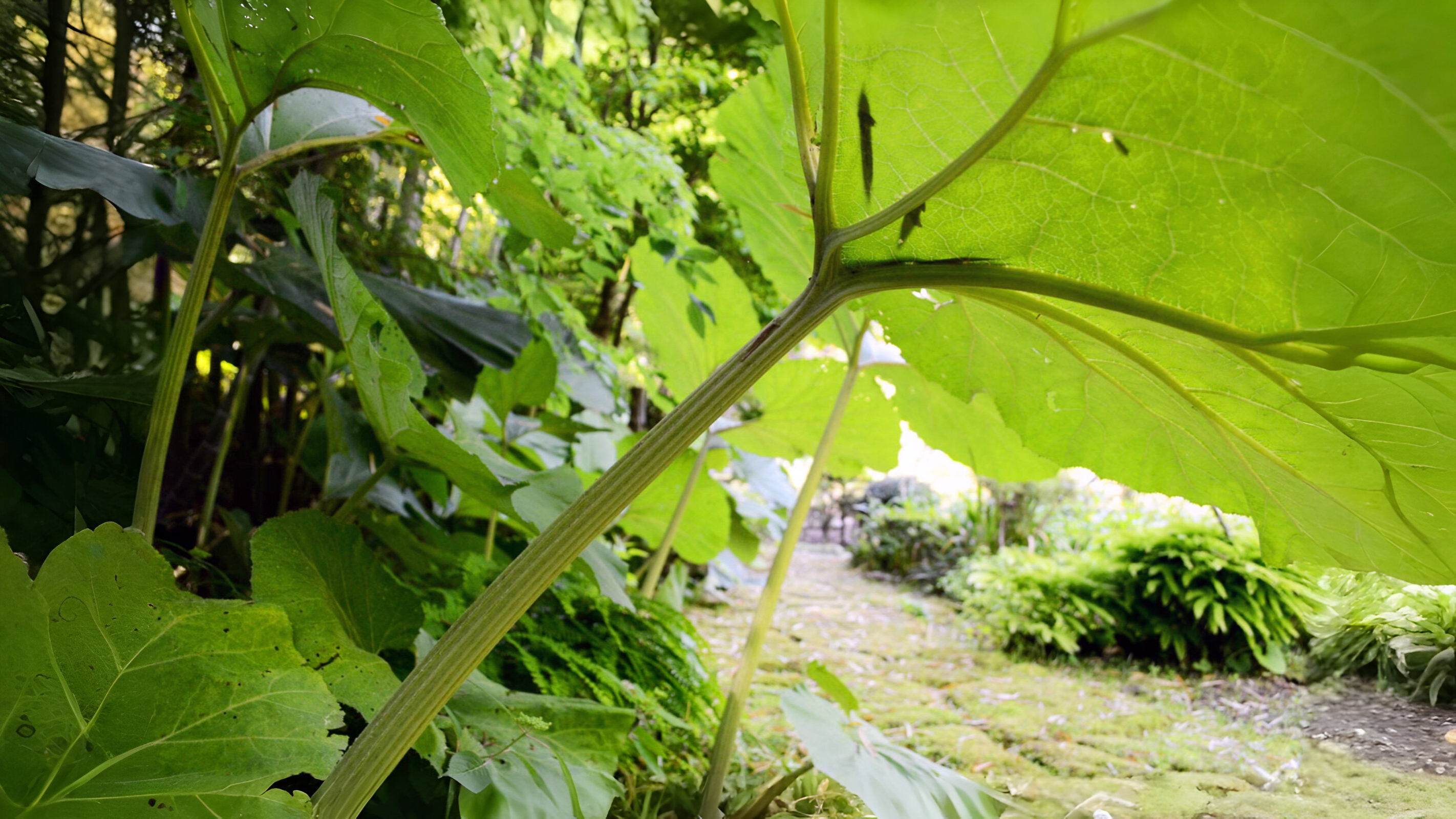

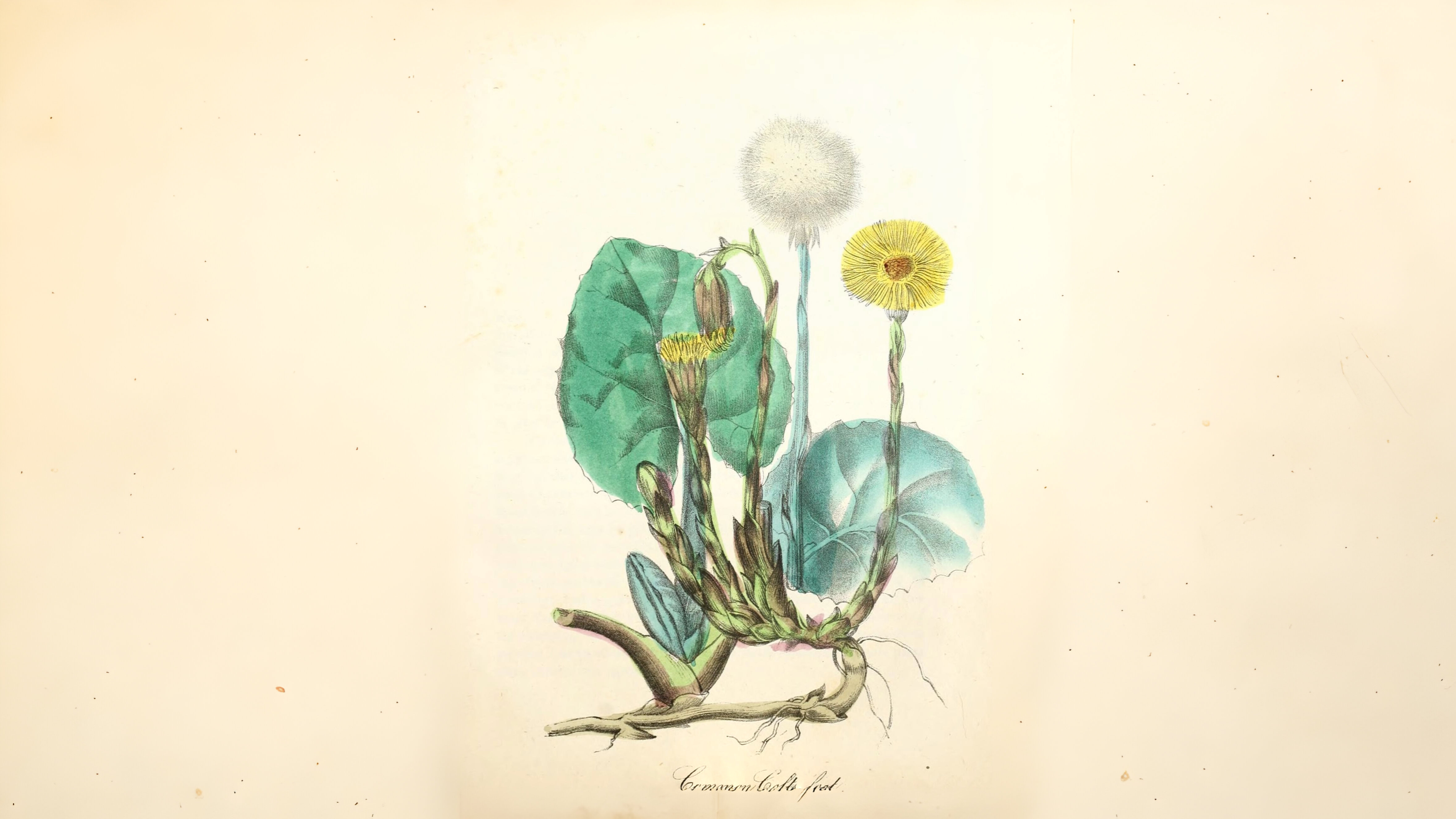

Towards the end of the month a handsome alien can also be found in some shady gardens such as the one at South London Botanical Institute. This is the attractively named Abraham-Isaac-Jacob Trachystemon orientalis. Such triple names often refer to a variety of different colours in the flowers. In this case these are bluish-violet petals so reflexed they reveal a cone of purple and white filaments which end in a cluster of black anthers. The flowers are all the more dramatic being set on sturdy stems with no leaves being visible.
